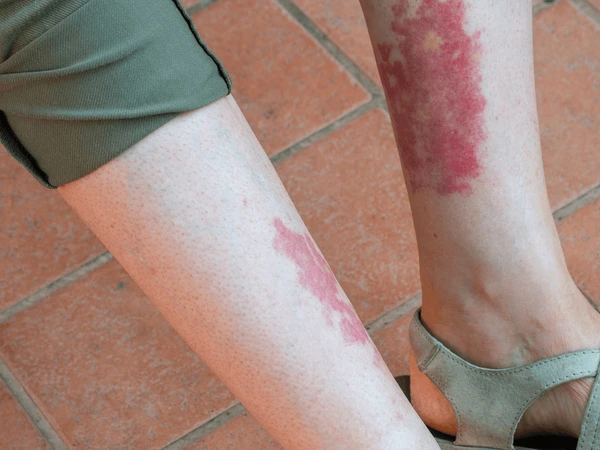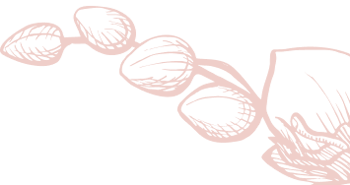
About
Vacculitis
For accurate vasculitis diagnosis and treatment in Lucknow, trust The Velvet Skin Centre, Indira Nagar. Our dermatologist ensures expert care for healthier skin and blood vessels.
Book Appointment NowCall to book Appointment +91 8002558860

About
For accurate vasculitis diagnosis and treatment in Lucknow, trust The Velvet Skin Centre, Indira Nagar. Our dermatologist ensures expert care for healthier skin and blood vessels.
Book Appointment Now
Blood vessels can become inflamed as a result of vasculitis. Blood vessel walls may thicken as a result of the inflammation, reducing the diameter of the vessel's entrance. Organ and tissue damage may result from reduced blood flow.
Vasculitis comes in a variety of forms, the most of which are uncommon. Several organs may be affected by vasculitis, or simply one. The condition may be temporary or persistent.br>
While vasculitis can affect anybody, some forms are more prevalent in particular age groups. Depending on the type you have, you might get better on your own. The majority of types necessitate medicine to reduce inflammation and stop flare-ups.

At The Velvet Skin Centre, Indira Nagar, Dr. Asma offers advanced vasculitis treatment in Lucknow. This condition involves inflammation of blood vessels, leading to skin rashes, ulcers, or systemic complications. With accurate diagnosis and targeted therapies, we manage symptoms and restore skin health effectively. Patients benefit from personalized care and expert guidance for safe and long-lasting results.
Although the precise cause is typically unknown, it is obvious that the immune system—the system that keeps the body healthy—plays a significant role. The immune system typically defends the body, but it can occasionally become "overactive" and start attacking certain bodily parts. In the majority of vasculitis cases, something in the blood vessel walls triggers an immunological or "allergic" response. Antigens are substances that trigger allergic reactions. This process can occasionally be initiated by specific medications or diseases acting as antigens.
Common symptoms include:
Depending on the part of the body afflicted by vasculitis, additional symptoms may manifest. Small blood vessels in the skin that have vasculitis may rupture and cause minute patches of bleeding in the tissue. These spots will show up on the skin as little red or purple dots. A nodule (lump or mass of tissue) may form if a bigger blood artery in the skin becomes irritated. If the blood vessel is close to the skin's surface, the nodule may be felt.
The goal of treatment is to reduce inflammation and address any underlying disorders that might be contributing to the vasculitis.
The most popular class of medication used to treat vasculitis-related inflammation is a corticosteroid, such as prednisone.
Corticosteroid side effects can be significant, particularly if you use them frequently. Diabetes, bone thinning, and weight gain are examples of potential adverse effects. You'll probably be given the lowest dose of a corticosteroid if it's required for long-term therapy.
In order to reduce inflammation and speed up the tapering of corticosteroid dosage, other drugs may be used along with corticosteroids. Depending on the type of vasculitis present, a different drug may be prescribed. These drugs may include cyclophosphamide, mycophenolate (CellCept), azathioprine (Imuran, Azasan), methotrexate (Trexall), tocilizumab (Actemra), or rituximab (Rituxan).
Your particular drug needs will depend on the type and severity of your vasculitis, the organs affected, and any additional medical conditions you may have.
An aneurysm, which is a bulge or ballooning in a blood vessel's wall, can occasionally be brought on by vasculitis. To lower the chance that it will rupture, this protrusion may require surgery. In order to restore blood flow to the affected area, blocked arteries may also need to be surgically treated.
About
About
With multiple skin and hair care clinics across Lucknow, including The Velvet Skin Centre led by Dr. Asma – the best skin doctor in Lucknow and a trusted hair specialist doctor in Lucknow – we make expert dermatological treatments easily accessible, ensuring you receive the best care close to home.
Phone: +91 8002558860
Phone: +91 8002558860
Phone: +91 8002558860

Copyright @ 2025 The Velvet Skin Centre All Rights Reserved